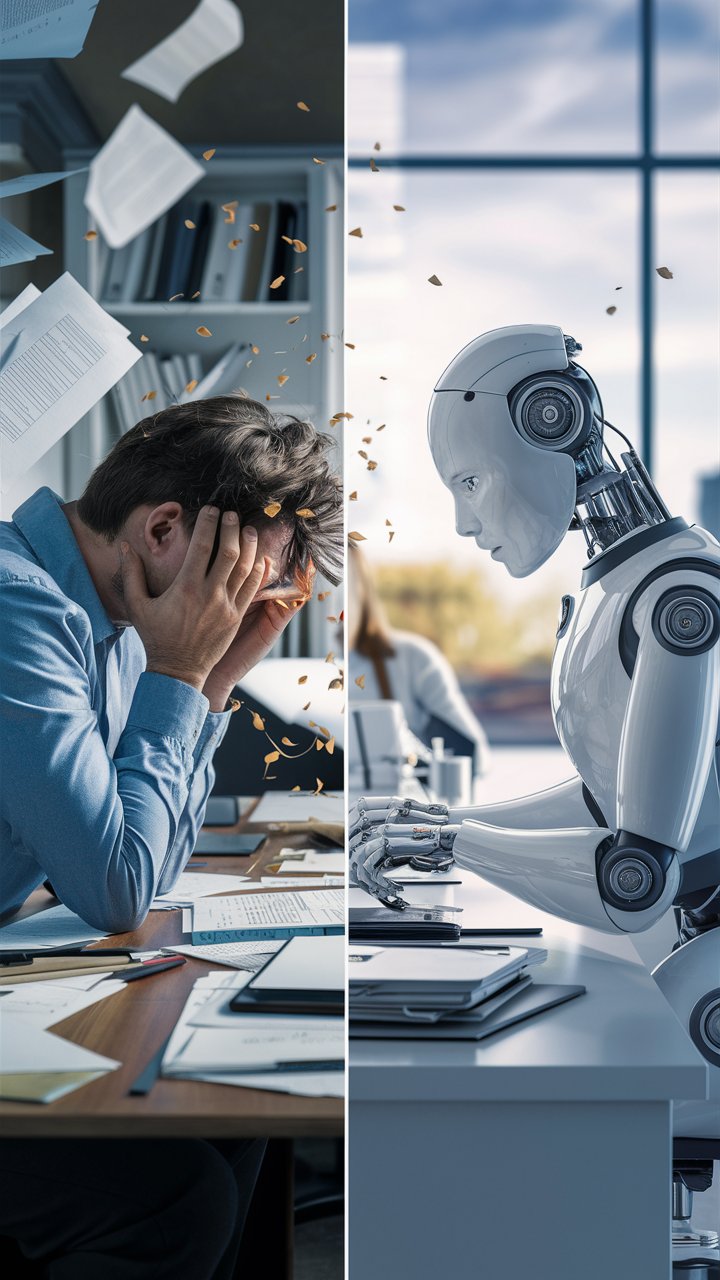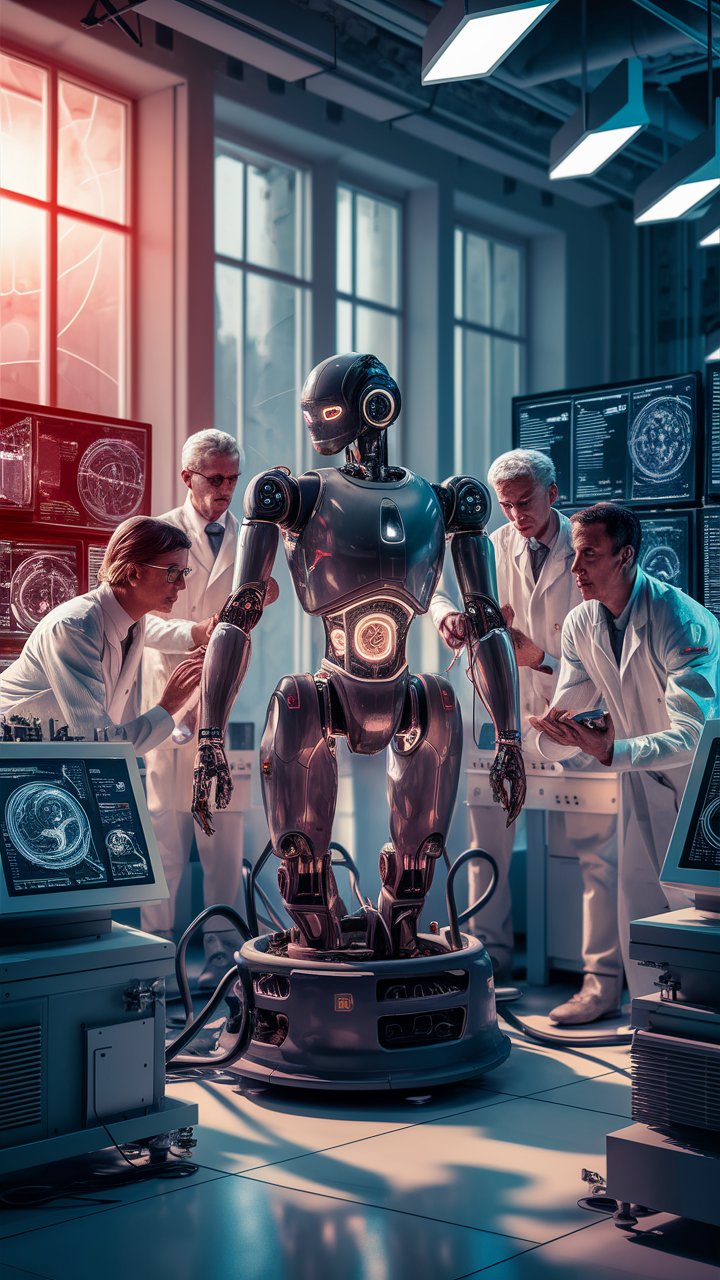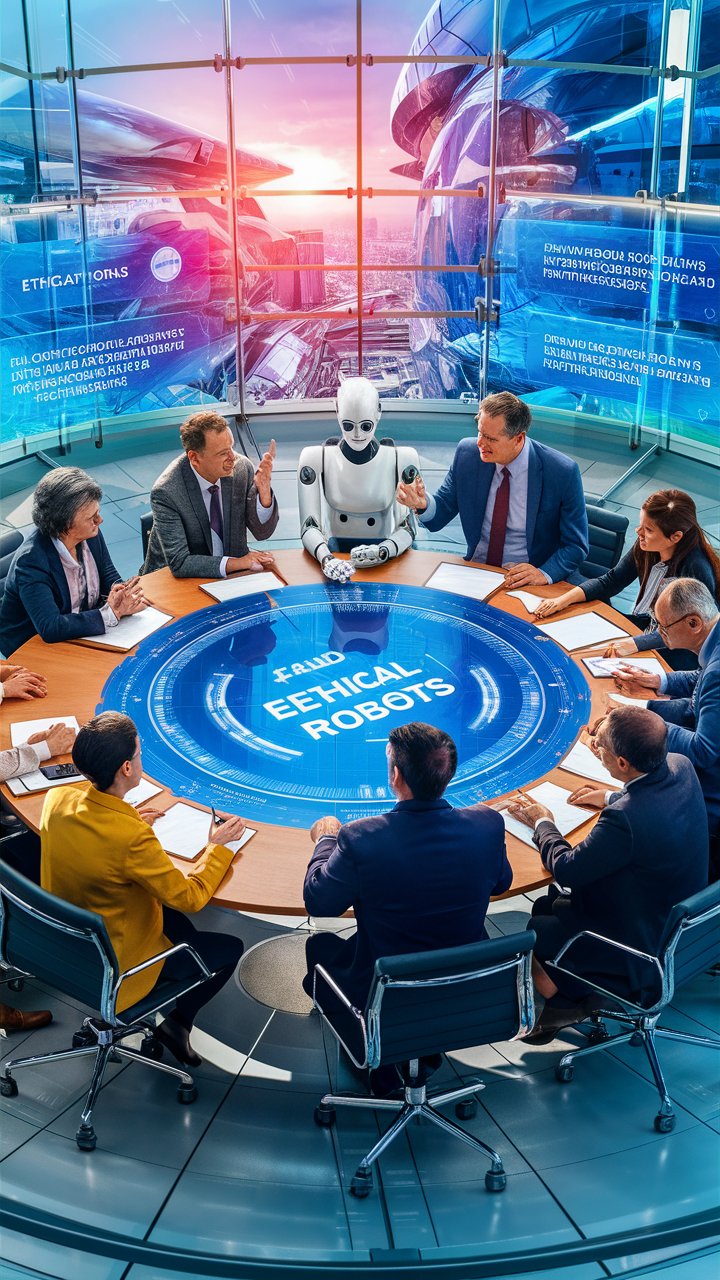

Comment On Why Internet Robots Dont Ever Panic Out of Worry and Fear
25 August 2024 16 March 2024This website contains post that may contain affiliate links. If you make a purchase through these links, we may earn a commission at no extra cost to you. We only recommend products and services that we genuinely believe in and support. Thank you for your support.Support Our Work
In exploring the pivotal question of why dont robots ever panic, we uncover the unique nature of robotic systems and their interactions with human emotions. Robots, by design, operate without the complexities of fear or anxiety that often overwhelm humans. This stark difference is supported by sophisticated technology and software engineering, allowing them to process video, image, and camera data emotionlessly. Understanding this difference not only enlightens us about the capabilities of robots but also about the potential limitations and benefits of their emotionless nature in various sectors such as education, research, and industrial applications.
Robotic calmness stems from their lack of biological responses. AI engineers program robots to execute tasks based on logical algorithms and fixed instructions, ensuring that their actions are not swayed by emotions. Such precision is critical in contexts where the slightest deviation could lead to significant consequences. For instance, in healthcare or manufacturing, where precision and reliability are paramount, robots can maintain consistency even in high-stress scenarios. This emotionless execution prompts a reevaluation of the roles robots play in society, from simple user interactions to complex operations involving autonomous and AI-driven systems.

Robots, designed to write tasks without emotional interference, provide a stark contrast to human behavior. In the realm of AI and technology, robots lack the biological processes that trigger panic in humans. It’s crucial to consider how the absence of fear and worry impacts their performance. Comments from numerous studies indicate that robots offer a steady and predictable outcome in various scenarios. Their capability to execute roles precisely and automatically, even in the face of potential threats or technological disruptions, demonstrates their importance in the internet age.
Technology and software engineering creates robots that perform tasks emotionlessly. AI engineers meticulously program robots to follow pre-determined instructions without deviation. As a result, robots don’t face the dramatic effects of uncertainty that humans often experience. Research from various universities has shown that robots maintain consistent behavior even in high-stress environments.
Artificial intelligence, frequently regarded as emotionless, drives the core functionality of modern robots. Studies highlight that AI systems aren’t designed to react emotionally. This distinction helps in minimizing the chances of mishaps that could arise from fear-induced behavior. The fact that AI doesn’t experience fear is a critical aspect in its integration into society.

Humans operate under the influence of numerous emotions, which can sometimes lead to panic. In contrast, robots, free from such emotional disturbances, execute their tasks uniformly and efficiently. This capability provides insight into why researchers at the university prioritize AI research that fosters a calm and controlled response over unpredictable human reactions. Such studies prove the value of robots in maintaining stability, even in apocalyptic scenarios where human operators might falter. This approach is not just about technology; it’s about crafting an ultimately safer environment in every country where robots are deployed.
These differences highlight why robots are uniquely suited for scenarios requiring calm, consistent responses, especially where human emotions might compromise efficiency.
Fear and anxiety are deeply embedded in human psychology, triggered by various environmental factors. A person’s reaction to stress can impair their judgment and efficiency. Comparatively, robots, programmed to focus solely on tasks, ensure consistency without emotional interference. This distinction makes robots reliable partners in high-stakes situations.
Embracing robots opens up numerous opportunities in diverse fields due to their predictable nature. Unlike humans, robots don’t experience fatigue, fear, or panic, ensuring continuous productivity. This quality allows robots to excel in environments where human emotions might impede performance, such as in healthcare or industrial applications.

Extensive studies reveal fascinating insights into robotic behavior and its implications, particularly in how robots maintain their calm during stressful operations. Researchers agree that understanding these dynamics is crucial, as it highlights the potential of robots in performing critical tasks without emotional disruptions. This ability makes them capable partners in environments where human reactions might falter. Their consistent performance, supported by findings from a 2013 study, indicates that robots could handle operations involving violence or high-risk scenarios effectively, ensuring safety and efficiency.
Multiple reports and studies delve into the mechanisms by which robots maintain calm under pressure. Researchers suggest that, since robots lack emotional responses, they can perform tasks consistently better than humans in high-stress situations. This capability makes robots indispensable in fields that demand precision and reliability.
The industrial sector benefits significantly from robots that don’t experience panic. These machines ensure efficiency and reliability, even during prolonged operations. Technology-driven environments, including manufacturing and healthcare, leverage calm robotic activities to enhance productivity and safety.
“Panic causes tunnel vision. Calm acceptance of danger allows us to more easily assess the situation and see the options.” — Simon Sinek

The introduction of robots into everyday life brings about important policy and ethical debates. Society grapples with the implications of having emotionless machines taking over tasks traditionally performed by humans. Discussions revolve around job security, societal impact, and the ethical considerations of deploying AI in critical sectors.
Crafting policies that address the integration of robots involves considering their unique characteristics. Since robots do not experience fear or panic, policies must focus on ensuring their effective utilization while mitigating potential risks. Stakeholders must balance the benefits of robotic consistency with ethical and societal concerns.
The ethical debate surrounding robots often focuses on their interactions with humans. Balancing technological advancement with ethical responsibility is crucial. Robots’ lack of emotional response prompts concerns about compassion and human-centered care, especially in fields like medical assistance.
The conversation about robots and their role in society is ever-evolving, with ongoing debates shaping future perspectives. Society continues to explore the implications of integrating robots into various sectors, particularly in terms of job displacement and ethical considerations. As robots become more integrated, their emotionless nature remains a focal point of discussion.
The potential for robots to assume roles traditionally held by humans sparks significant debate. Concerns about job security and displacement are prevalent, with various studies highlighting the need for proactive measures. Policymakers must consider the balance between technological advancement and the rights of workers.
Looking ahead, the integration of robots into everyday life continues to present new opportunities and challenges. Researchers are exploring ways to enhance AI’s capabilities while addressing ethical and societal concerns. Unlocking the full potential of robots will require balancing technological innovation with human values and needs.